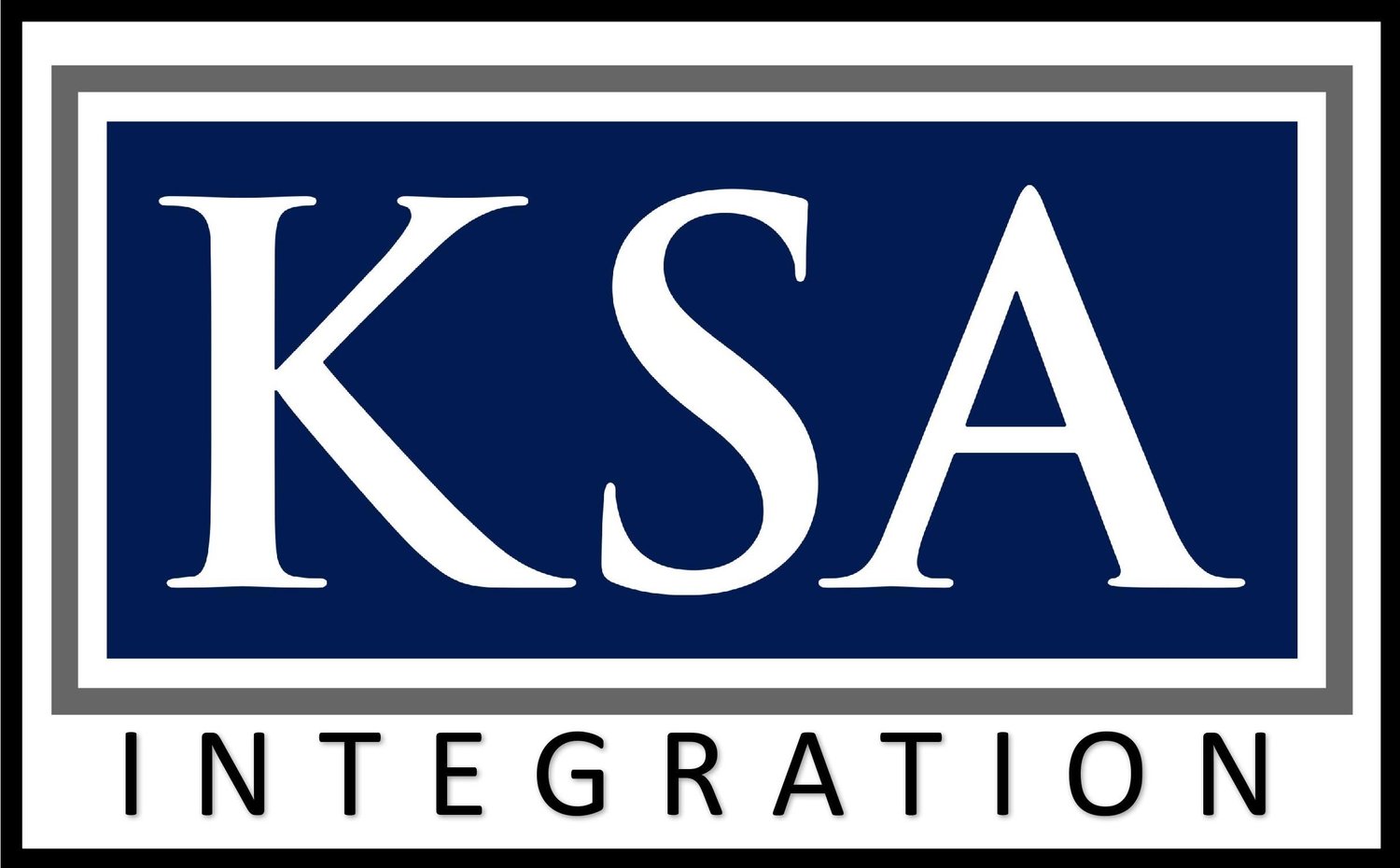Cultures and Subcultures: Harmonization or Sub-optimization?
- December 7, 2013
- Posted by: Keith Stalder
- Category: People

In my most recent blog entry, I provided a more concrete overview of “organizational culture” and explained difficulties in defining it. These difficulties arise from the fact that there is not a single definition of organizational culture. Rather, the term is commonly applied in several different academic disciplines to include: organizational behavior, management science, and communications. For my purpose, an organizational culture is defined as “the habits, attitudes, and practices” of the organization.
I also explained that defining organizational culture is the first step in being able to make changes to it. This is followed by developing an understanding of the factors that create culture, which in turn allows for the re-imagination or transformation of those factors, and thus the gradual transformation of culture.
However, as defining organizational culture is the first step in the process of changing culture, truly understanding it is pivotal. In this blog I will take more time to expand on and explain the definition of organizational culture.
Organizational culture is created over time through the repeated habits, routines and behaviors of members of the organization. Collectively, these daily interactions create both positive and negative effects on culture, ultimately impacting its performance. High performing organizations endeavor to create a common organizational culture, which acts as a catalyst to harmonize interactions between organizational elements toward a unity of effort in the execution of enterprise-wide performance. In the absence of a common organizational culture, individuals always classify themselves into subcultures based on multiple factors including occupational skill sets, geographic location, or even the uniqueness of a particular function. These subcultures may not always operate harmoniously (in fact, they usually don’t), often resulting in the optimization of subcultures at the expense of the greater organization. Actions or policies pursued to optimize subcultures can significantly inhibit collective unity of effort toward a common mission or broad organizational goals. For reference, see my very first post on “Beaver Dams”.
Increasing the effectiveness and efficiency of organizational performance requires the transformation of subcultures into a common, overarching organizational culture.
Since subcultures are created, they can also be transformed into a common organizational culture. This transformation begins with changing the fundamental habits, routines and behaviors within subcultures. This is not a difficult process. However, it takes commitment from executive leadership. Transforming culture begins with an in-depth understanding of the cultural dynamics, nuances and workings that create subcultures. Generally, leaders within organizations do not fully comprehend their cultural deficiencies, the root causes of those deficiencies nor their potential effects until adverse circumstances are already present. In fact, close proximity to the organization can create significant blind spots, biases and unintended misperceptions for leaders. On the other hand, however, a full understanding of culture enables leaders to effectively deal with dysfunctions and challenges when they appear. Understanding the root causes and effects of these interactions enables executive leadership to lay the foundation for the successful integration of subcultures to better achieve organizational priorities.
Understanding the cultures and subcultures of any organization is a time consuming endeavor for leadership. Further, inherent biases make it difficult to objectively examine your own organization. It is possible, but in my experience it is best to seek an objective observation from experts outside the organization. By working closely with an independent outside “eye”, it’s much easier to understand current culture and what creates it, with the ultimate goal of changing it for the better.
Drawing from my own experience, I have worked with very large organizations where I was able to perform a series of interviews with hundreds of employees at all levels of these organizations. Employees commonly cited subcultures as a major obstacle to performance. Specifically saying that subcultures were self-protective; valuing the equities of the office and/or duty assignment above a singular organizational culture and objectives.
They spoke consistently of a lack of leadership from the top, of the need for institutional discipline, and the need for a willingness of leaders to make difficult decisions and stick by them. They truly wanted to be led by their leaders. However, in the absence of the ability of senior leaders to impose and implement top-down direction many thought that the subcultures exercised virtual autonomy within their respective domains, hindering overall performance. They believed the only effective way to improve performance was to direct solutions that redistribute power and authority within the organization. It was commonly believed that senior leadership supported the concept of reform and improvement conceptually. However, this conceptual support was not translated to action. A common tactic to preserve subcultures was passive resistance to reform and a consensus-based approach to problem solving.
The example above serves to demonstrate that in absence of the proper authorities, where continuous focus by the most senior-level leaders is lacking and relentless follow-up over the years is non-existent, organizations will simply muddle along in the same old performance “rut.”
These factors, among many others, all comprise the cultures and subcultures that conspire to sub-optimize organizational performance. Unfortunately, there are far too many to detail and explain in one entry, but they will be addressed in due time.
As I said in my previous post, changing your culture is a simple three-step process. First, understand your culture and root causes of cultural issues. This is best accomplished with help from an independent, third-party to mitigate individually held biases. Second, change the activities around the root cause. Third, and most difficult, reinforce these changes day-after-day, year-after-year until it is ingrained into the habits, attitudes and behaviors of your organization.
Next entry, I’ll discuss “People;” the sine qua non (originally a Latinlegal term for “without which there is nothing”) of all organizations. People are the indispensable and essential ingredient to an organization. They are the foundation of everything an organization does. Unfortunately, in regards to people, most leaders are like parishioners at a house of worship; many attend, but few understand…
I ask my readers to share their thoughts, concerns and observations. Please leave comments, they will be greatly appreciated.
Many thanks, Keith Stalder, #6
Copyright © 2013 Keith Stalder & Associates, LLC. All rights reserved.
